
The Sydney Stadium was a sporting and entertainment venue in Sydney, which formerly stood on the corner of New South Head Road and Neild Avenue, Rushcutters Bay. Built in 1908, it was demolished in 1970 to make way for the construction of the Eastern Suburbs Railway.

Cinesound Productions Pty Ltd was an Australian feature film production company. Established in June 1931, Cinesound developed out of a group of companies centred on Greater Union Theatres that covered all facets of the film process, from production to distribution and exhibition. Cinesound Productions established a film studio as a subsidiary of Greater Union Theatres Pty Ltd based on the Hollywood model. The first production was On Our Selection (1932), which was an enormous financial success.
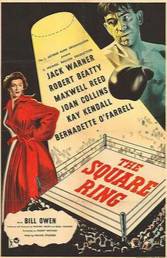
The Square Ring is a 1953 British tragi-comic drama, directed by Basil Dearden and made at Ealing Studios. It stars Jack Warner, Robert Beatty and Maxwell Reed. The film, based on a 1952 stage play by Ralph Peterson, centres on one night at a fairly seedy boxing venue and tells the disparate stories of the fighters and the women behind them.

Peter Felix was a boxer from Australia.
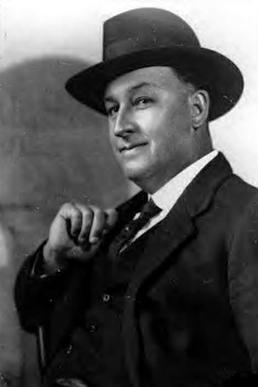
Raymond Longford was a prolific Australian film director, writer, producer, and actor during the silent era. Longford was a major director of the silent film era of the Australian cinema. He formed a production team with Lottie Lyell. His contributions to Australian cinema with his ongoing collaborations with Lyell, including The Sentimental Bloke (1919) and The Blue Mountains Mystery (1921), prompted the Australian Film Institute's AFI Raymond Longford Award, inaugurated in 1968, to be named in his honour.

Bill Lang was an Australian professional boxer who held the national heavyweight title. He was also an Australian rules footballer who played with Richmond in the Victorian Football League (VFL).
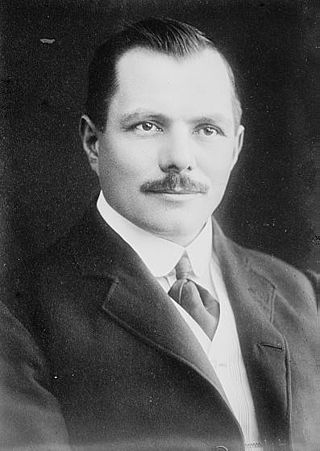
Hugh Donald "Huge Deal" McIntosh was an Australian theatrical entrepreneur, sporting promoter and newspaper proprietor

The Digger Earl is a 1924 Australian film comedy from director Beaumont Smith. The plot is about a typical Australian who takes the place of an earl.
The Fatal Wedding is a play by Theodore Kremer and a 1911 Australian silent film directed by Raymond Longford based on the melodrama, which he and Lottie Lyell had toured around Australia.
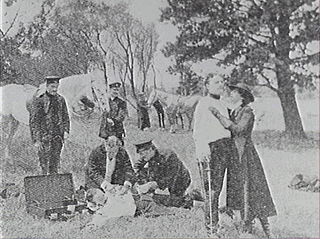
The Midnight Wedding is a 1912 Australian silent film directed by Raymond Longford based on a popular Ruritanian stage play in which Longford had appeared. It is considered a lost film.

Alfred Rolfe, real name Alfred Roker, was an Australian stage and film director and actor, best known for being the son-in-law of the celebrated actor-manager Alfred Dampier, with whom he appeared frequently on stage, and for his prolific output as a director during Australia's silent era, including Captain Midnight, the Bush King (1911), Captain Starlight, or Gentleman of the Road (1911) and The Hero of the Dardanelles (1915). Only one of his films as director survives today.

For the Term of His Natural Life is a 1908 Australian silent film based on the 1874 novel by the same name by Marcus Clarke. The film is an adaptation of MacMahon's stage adaptation of the novel.
Charles Cozens Spencer was a British-born film exhibitor and producer, who was a significant figure in the early years of the Australian film industry. He produced films under the name Spencer's Pictures and was an early backer of the films of Raymond Longford. He was also instrumental in the creation of "The Combine".

The Loyal Rebel is a 1915 Australian silent film directed by Alfred Rolfe set against the background of the Eureka Rebellion.
Ernest Henry Higgins was an Australian cinematographer during the days of silent film. He was the eldest brother of Arthur and Tasman Higgins. He shot the film The Throwback (1920) for director Arthur Shirley which resulted in Shirley unsuccessfully suing Higgins for breach of contract.
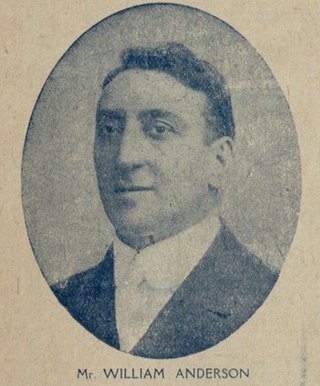
William Anderson was an Australian theatre entrepreneur.

Fred Dyer born Frederick William O'Dwyer, was a Welsh boxing champion, boxing manager and baritone singer. Trained by vocal teacher Clara Novello Davies, Dyer was famed for singing to audiences after he had fought in a contest and was nicknamed 'The Singing Boxer'.

How We Beat the Emden is a 1915 Australian silent film directed by Alfred Rolfe about the Battle of Cocos during World War I. It features footage shot on Cocos Island.
Rushcutters Bay Studio was an Australian film studio built by Charles Cozens Spencer in 1912 at Rushcutters Bay, Sydney.
















